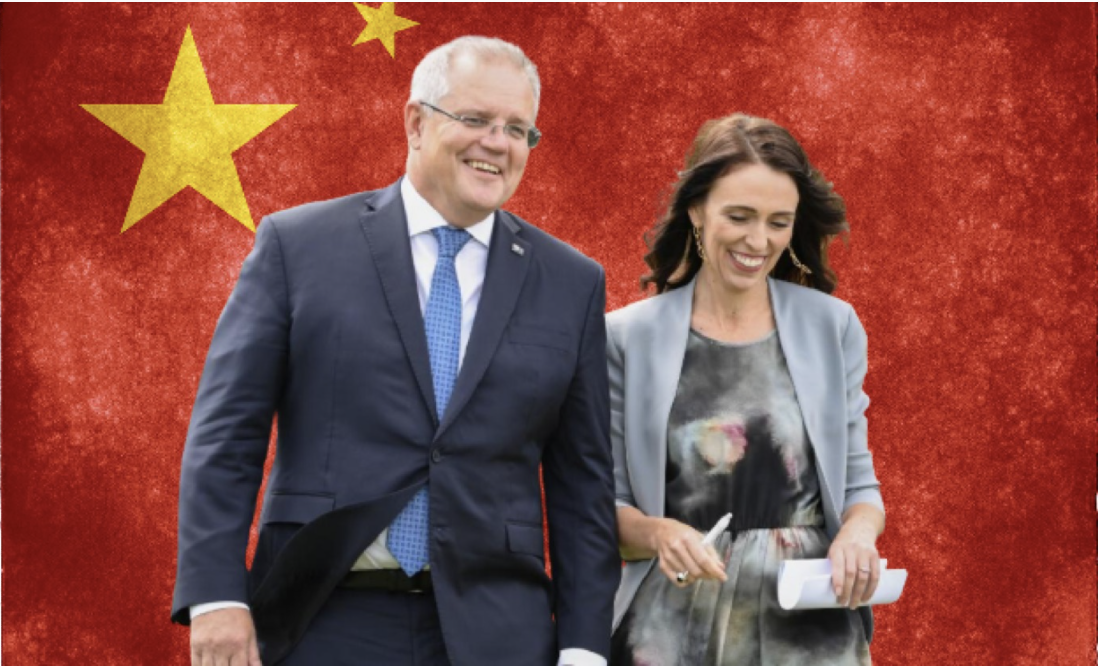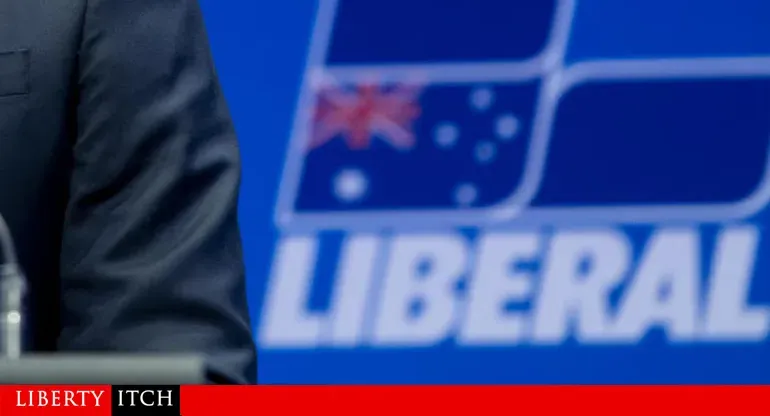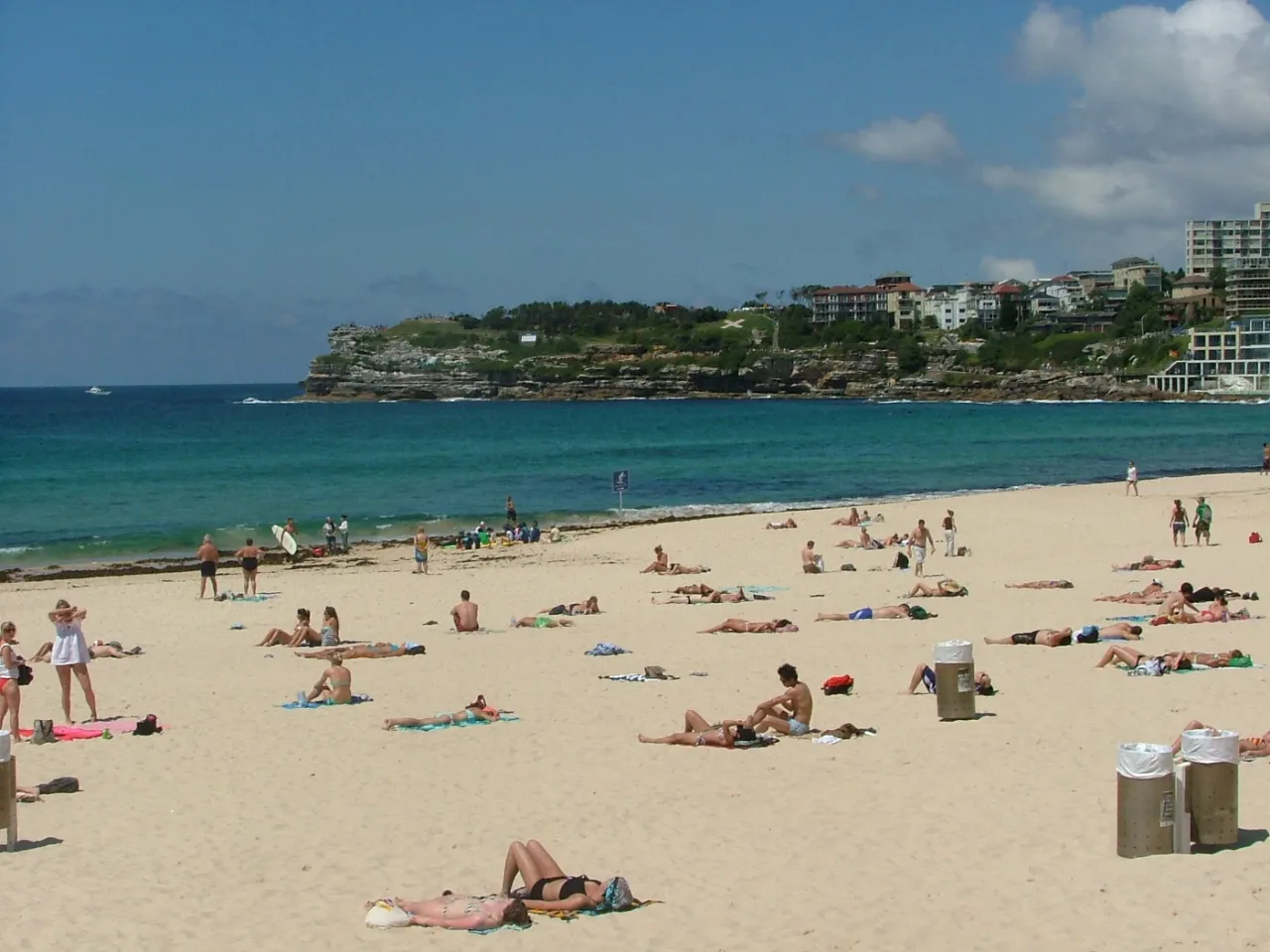Dr Bryce Edwards
democracyproject.nz
Dr Bryce Edwards is Political Analyst in Residence at Victoria University of Wellington. He is the director of the Democracy Project.
June 2, 2021
Today’s Herald editorial isn’t buying all the forced bonhomie, instead lampooning how the rather contrived patching up of differences, including the press conference in which the big issue of China was constantly discussed without the country’s name being uttered – see: Editorial: Friends reunion for Five Eyes? (paywalled).

Here’s the newspaper’s conclusion:
“Like the actors from the wildly popular TV show, we are bound to be friends for life. But, despite this week’s staged-for-photo hongi and sports jumper trading, the friendship appears as strained as it has ever been.”
Note, however, not everyone was so critically-minded about what happened in Queenstown – today’s Otago Daily Times salutes the visit as a great triumph, arguing that “we should not be too cynical” about the contrived friendliness and displays of unity, saying “it was impossible not to feel just a little warm inside about the resumption of Anzac relations” – see: That old Anzac spirit.
So, did Ardern capitulate to Morrison over China? There’s some sense of this in Richard Harman’s account of what happened in Queenstown:
“What was evident both in the communique issued at the end of the pair’s talks and in their joint media conference was that New Zealand is now inching closer to Australia’s position on China. We are not there yet, but it would seem we are on our way”
– see: Together – only slightly apart (paywalled).
According to Harman, the joint statement to come out of Queenstown was much more in line with Australia’s orientation to China than New Zealand’s.
Despite Morrison’s friendly behaviour to Ardern this week, according to Harman, this shouldn’t disguise the fact that ultimately he’s much more concerned with staying on side with the US:
“New Zealand may be family to Australia — as Morrison continually says — but its best mate is the United States.”
Audrey Young also points out that the “leaders’ joint statement is more direct [about China] this year”, and that “New Zealand has become more critical of China, not less” – see: Why Scott Morrison revived the Anzus alliance after talks with Ardern (paywalled). And she argues that Morrison’s friendly line towards New Zealand was entirely strategic:
“He knows that any sense of public disagreement on China will please only China and as a regional leader, it is in his interests to present a unified position with New Zealand.”
Young suggests that there was in fact a heavy message given to New Zealand in Queenstown:
“The fact that Scott Morrison deliberately alluded to the Anzus alliance with New Zealand twice is a departure from the usual invocations of the Anzac spirit. Analysts will be poring over his statements, especially in light of Australian Defence Minister Peter Dutton’s public musings about armed conflict. These things are not said for nothing. The Anzus reference is likely a gesture on the part of Australia to remind New Zealand that it is a formal defence ally in dealing with the area known as the Indo Pacific and that requires obligations, not complete independence.”
Stuff political editor Luke Malpass similarly argues that Australia’s continued emphasis in Queenstown on the need for a “free and open Indo-Pacific” is telling, asserting that regional players need to push back stronger against China. And the “Anzac” rhetoric is translated:
“In other words: both countries will seek to uphold and defend the US-led international order against Chinese assertiveness in the region”
– see: Jacinda Ardern and Scott Morrison: an Anzac Indo-Pacific mission accomplished.
Nonetheless, Malpass concludes that the meeting was a great success for the two leaders:
“New Zealand and Australia are singing from the same song sheet on China. And it is a domestic political win for both leaders. Australia thinks it has pulled New Zealand back into the sceptical-about-China club. While New Zealand, which never thought it was really out, gets to reaffirm that the trans-Tasman relationship and western alliance is bigger than any current leader.”
The response from Beijing to the Queenstown meeting can be read in Zane Small’s Foreign Minister Nanaia Mahuta brushes off China’s ‘predictable’ response to NZ-Australia statement on Hong Kong, Xinjiang. The key part of this is this statement of China’s foreign affairs spokesperson Wang Wenbin:
“The leaders of Australia and New Zealand, with irresponsible remarks on China’s internal affairs relating to Hong Kong and Xinjiang as well as the South China Sea issue, have made groundless accusations against China, grossly interfered in China’s internal affairs and seriously violated the international law and basic norms governing international relations”.
But Foreign Minister Nanaia Mahuta isn’t too worried about this, and argues that Beijing won’t really find much to be offended by what Ardern and Morrison said, because “These joint statements are very predictable and consistent with what we’ve already said.”
Perhaps of much more interest and significance is an article published in the China state-controlled Global Times, which is highly sympathetic to New Zealand’s position and actions – see Ning Tuanhui’s Wellington continues its pragmatic policy despite Canberra pressure. The key part of this article is the following about the joint Ardern-Morrison communique:
“The statement was more intended to show the two sides’ general unity. And by including these China-related issues in the statement, New Zealand was showing some respect and support for Australia’s feelings, instead of blindly joining an anti-China chariot.”
Finally, just why has Australia diverged from New Zealand’s pragmatic orientation towards China? Chris Trotter explains today that Australia has gone hard against China, risking disastrous trade wars and even all-out military conflict due to the rise of Christian fundamentalists to the top of their government – see: Australia’s Eschatological diplomacy.
This article can be republished under a Creative Commons CC BY-ND 4.0 license. Attributions should include a link to the Democracy Project.









